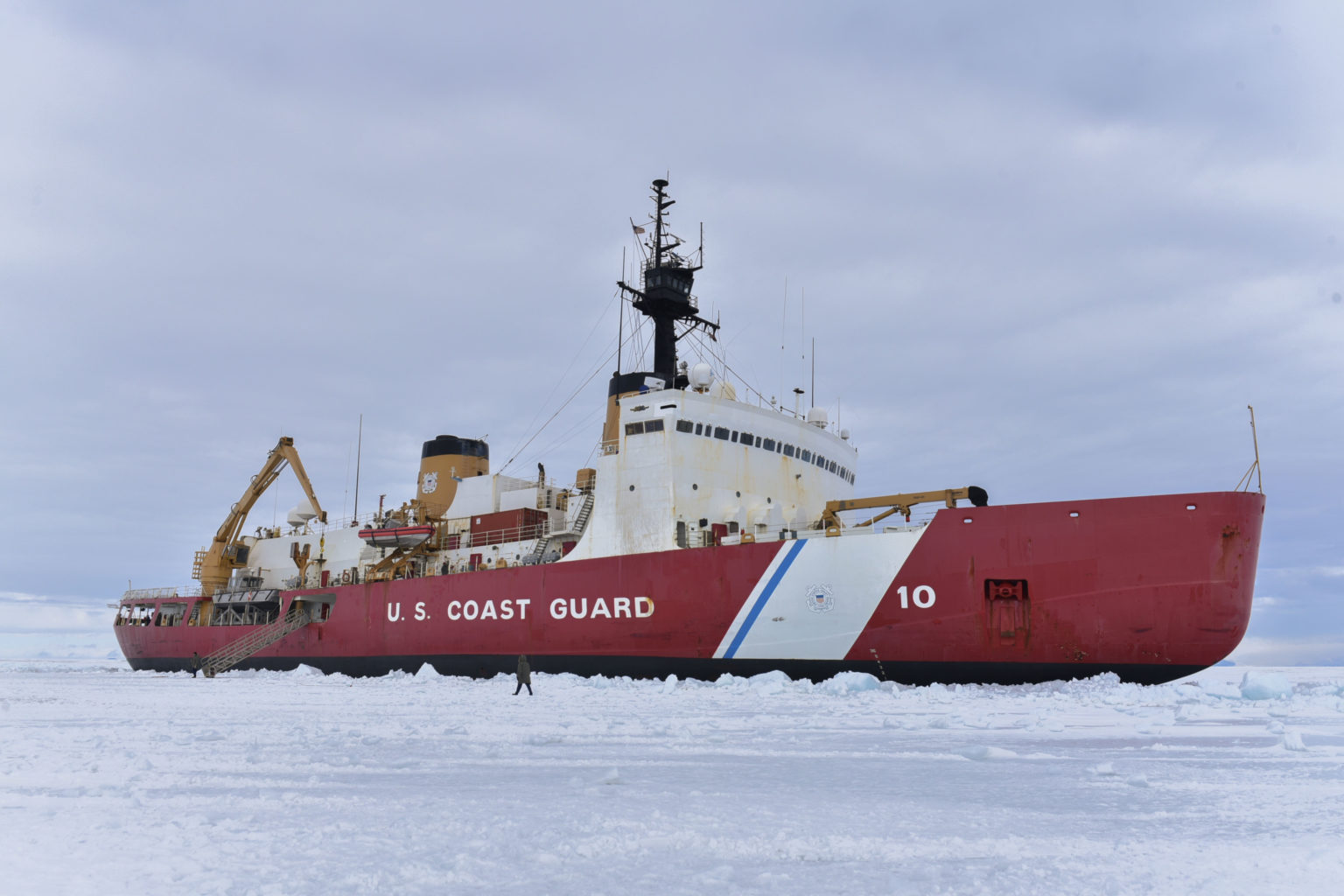According a report released by the Government Accountability Office (GAO), immature technologies and unstable designs have provoked significant delays and cost overruns in the U.S. Coast Guard’s highest priority modernization programs.
The Coast Guard is modernizing its vessels in an effort known as recapitalization. The Offshore Patrol Cutter (OPC) and Polar Security Cutter (PSC) programs are intended to deliver greater capability—such as the time a ship can spend at sea without returning to port to resupply—than the legacy assets they will replace.
“Combined, these two programs are billions of dollars over their initial cost estimates and are more than 2 years behind schedule, increasing the risk of potential capability gaps and putting cost pressure on the overall portfolio,” the report warned.
GAO’s prior work shows that successful shipbuilding programs use solid, executable business cases to design and build ships. They attain critical levels of knowledge—such as mature technologies, stable designs, and realistic cost estimates—at key points in the shipbuilding process before making significant investments.
“The Coast Guard, however, continues to face cost growth and schedule delays in some of its newer acquisitions because it has not obtained the right knowledge at the right time,” the GAO report noted.
Regarding what it called Immature technologies, the report stated: “The critical technology of the first four OPCs—the davit (a crane that deploys and retrieves a cutter’s small boats)—is still not matured. Without maturing the davit, the Coast Guard risks delays and costly rework.”
The report further stated: The PSC’s design is not yet stable, which risks an extended design phase and contributed to a 3-year schedule delay in the shipyard, with the start of construction of the first cutter now planned for March 2024. Starting ship construction without a stable design risks costly rework.”
In June 2023, GAO indicated that the Coast Guard foresees to have a reduced number of cutters available for operation starting in 2024 and through 2039 due to the OPC’s delivery delays. Since 2010, the Coast Guard has invested at least $850 million to maintain the aging Medium Endurance Cutters and the heavy icebreaker Polar Star.The Coast Guard is investing $250 million to extend the service life for six cutters and $75 million to extend the service life of the almost 50-year-old Polar Star until the delayed OPCs and PSCs, respectively, are operational.
The U.S. Coast Guard, a component within the Department of Homeland Security, employs a variety of vessels and aircraft, several of which are approaching the end of their intended service lives. Consequently, the Coast Guard plans to invest billions of dollars in two of its highest priority programs—acquiring three heavy icebreakers, known as PSCs, and a fleet of 25 OPCs, which are ships that conduct a variety of missions in offshore waters.
(U.S. Coast Guard photo)





